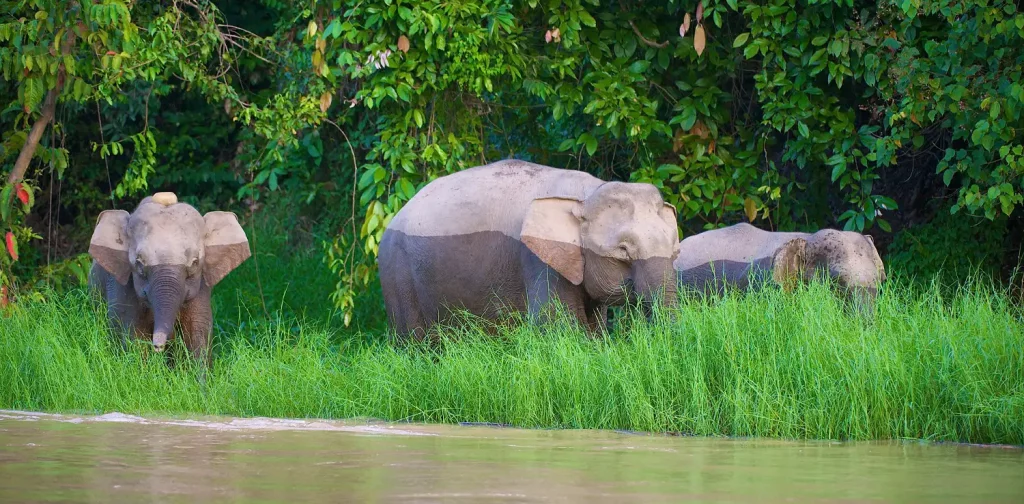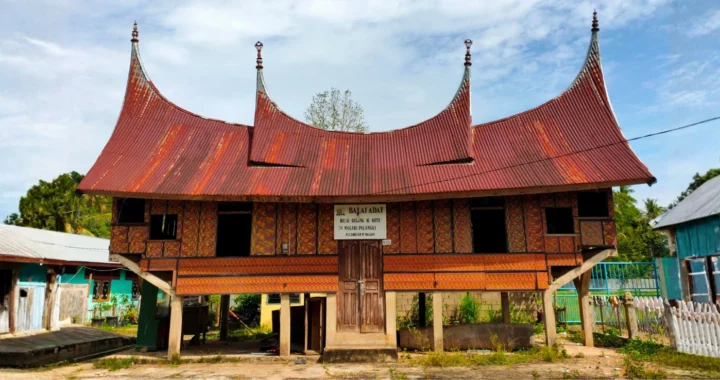Living on the Edge: Asian Elephants Need Human-Wildlife Conflict Management

Photo by Rudi Delvaux.
Getting to know the biodiversity we protect is a vital, never-ending venture. This rings especially true for endangered species like Asian elephants. Deforestation, human-wildlife conflicts, unethical tourism, and many others continue to threaten the survival of this iconic species.
Research Update on Asian Elephants
A new study published in the British Ecological Society’s Journal of Applied Ecology contains a comprehensive analysis of Asian elephant movement and habitat. Monash University Indonesia, Cardiff University, University of Nottingham Malaysia, WWF-Malaysia, and other institutions teamed up for this research.
They analyzed how 102 Asian elephants in Peninsular Malaysia and Borneo lived across 600,000 GPS locations, as listed in the World Database of Protected Areas. Having lost about half of its original forest areas, this region has Asian elephants living in the patches of less than 10% of the remains.
According to this study, protected areas are essential as they provide long-term safety for Asian elephants. However, they aren’t enough. Asian elephants mainly prefer areas within three kilometers of the boundaries.
Alex Lechner of Monash University said, “Our research, which has been compiled from over a decade of fieldwork by three research groups, has shown that the majority of the elephants spent more than half of their time outside of protected areas, preferring slightly disturbed forests and areas of regrowth.”
The study offers three key recommendations for governments and other stakeholders to maximize the Asian elephant conservation efforts:
- Include large protected areas with core areas where elephants can find safety
- Incorporate ecological corridors to connect networks of protected areas
- Mitigate human-elephant conflict, especially around protected areas, with emphasis on protecting people’s safety and livelihoods, as well as promoting tolerance towards elephant presence.
Human-Elephant Conflict Mitigation
“Given their preference for habitats outside the protected areas, elephants will inevitably come into conflict with people. This highlights the importance of promoting human-elephant coexistence around protected areas,” said Ahimsa Campos-Arceiz of the University of Nottingham Malaysia.
A human-wildlife conflict involves humans, wildlife, and their environment or habitats. Sugeng Dwi Hastono, who often handles human-wildlife conflicts across Sumatra, says, “The main goal of human-wildlife conflict management is to save humans without sacrificing wildlife.”
Antonio de la Torre, first author of the study, suggested conducting more research on human-elephant conflicts. “Human-elephant conflict is now the main threat for Asian elephants, yet we know surprisingly little about the effectiveness of different mitigation strategies and how to promote long-term and sustainable human-elephant coexistence,” said de la Torre.
He added, “Understanding how we can reduce the costs of this conflict for both people and elephants, and how to increase people’s tolerance towards elephant presence, should be the top research priority in the area.”

Join Green Network Asia Membership
If you find this content useful, support Green Network Asia’s movement to create positive impact for people and the planet through public education and multi-stakeholder advocacy on sustainability-related issues and sustainable development. Get exclusive benefits for personal and professional development as well as for organizational capacity development.
Become a Member Now
Nazalea Kusuma
Naz is the Manager of International Digital Publications at Green Network Asia. She is an experienced and passionate writer, editor, proofreader, translator, and creative designer with over a decade of portfolio. Her history of living in multiple areas across Southeast Asia and studying Urban and Regional Planning exposed her to diverse peoples and cultures, enriching her perspectives and sharpening her intersectionality mindset in her storytelling and advocacy on sustainability-related issues and sustainable development.


 An Interview with Eu Chin Fen, CEO of Frasers Hospitality
An Interview with Eu Chin Fen, CEO of Frasers Hospitality  The UK Government’s Funding Package Plan to Tackle Youth Unemployment
The UK Government’s Funding Package Plan to Tackle Youth Unemployment  Understanding the Dark Side of Artificial Intelligence
Understanding the Dark Side of Artificial Intelligence  Attempting Data Center Circularity Through Waste Heat Recovery
Attempting Data Center Circularity Through Waste Heat Recovery  Indigenous Knowledge and Art as Integral Instruments for Disaster Risk Reduction
Indigenous Knowledge and Art as Integral Instruments for Disaster Risk Reduction  Strengthening Societal Resilience in the Age of Disruptions
Strengthening Societal Resilience in the Age of Disruptions